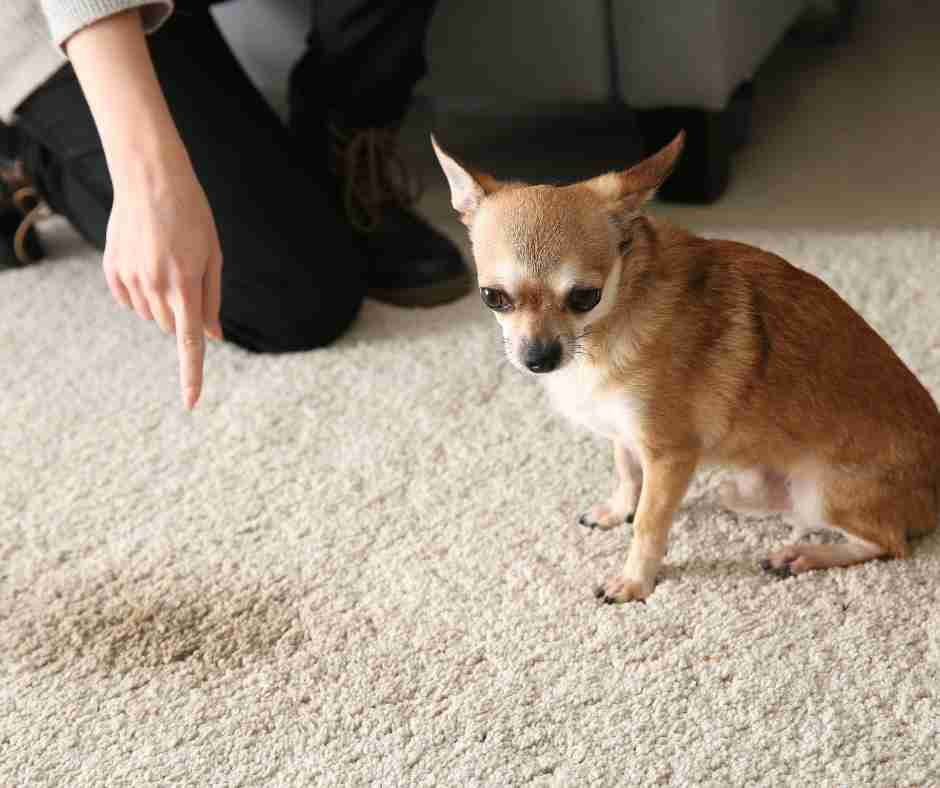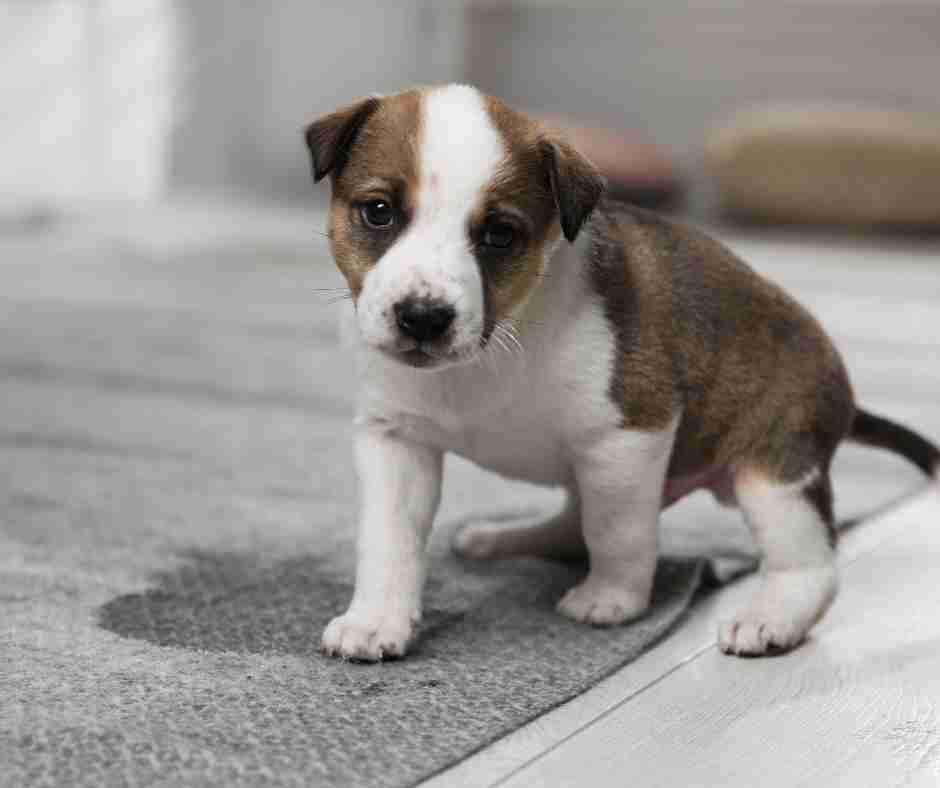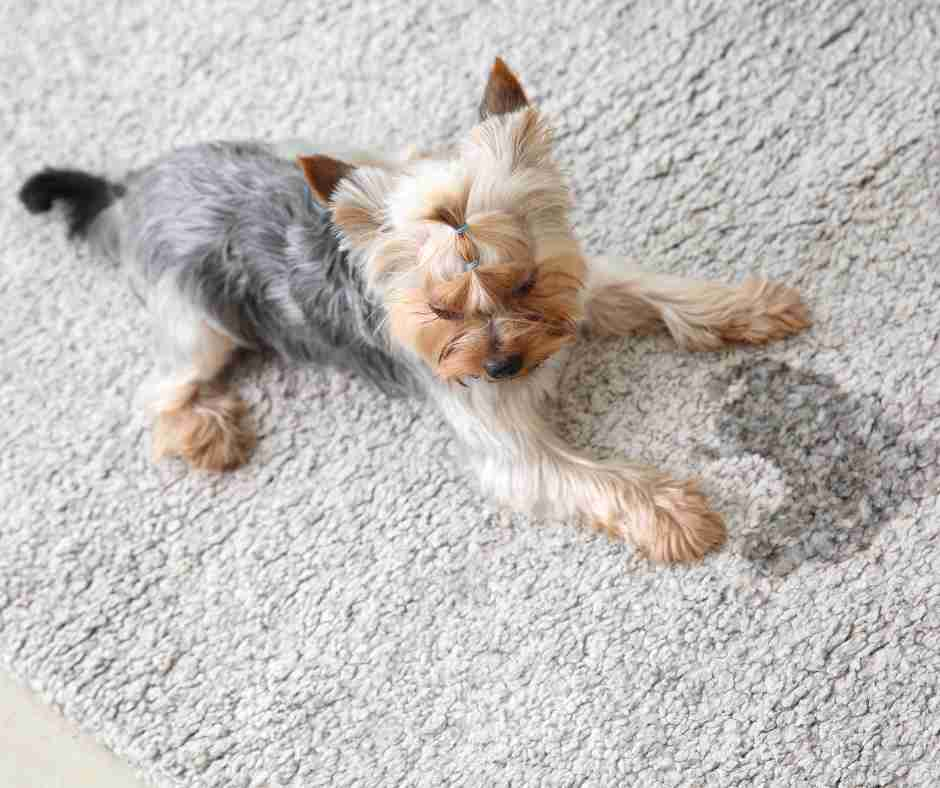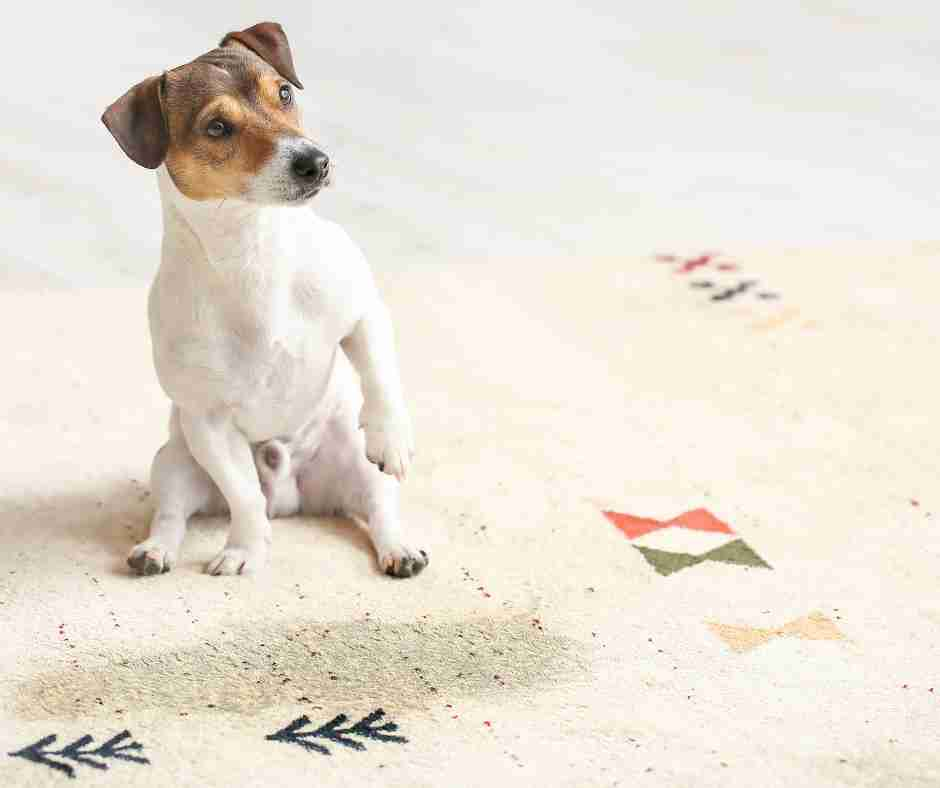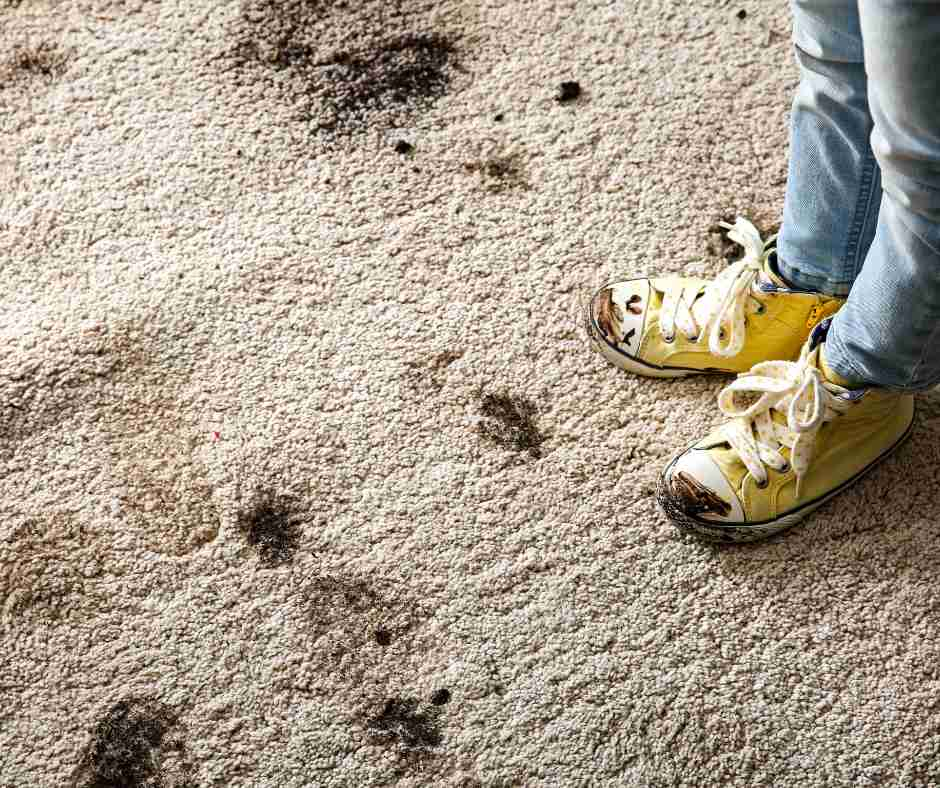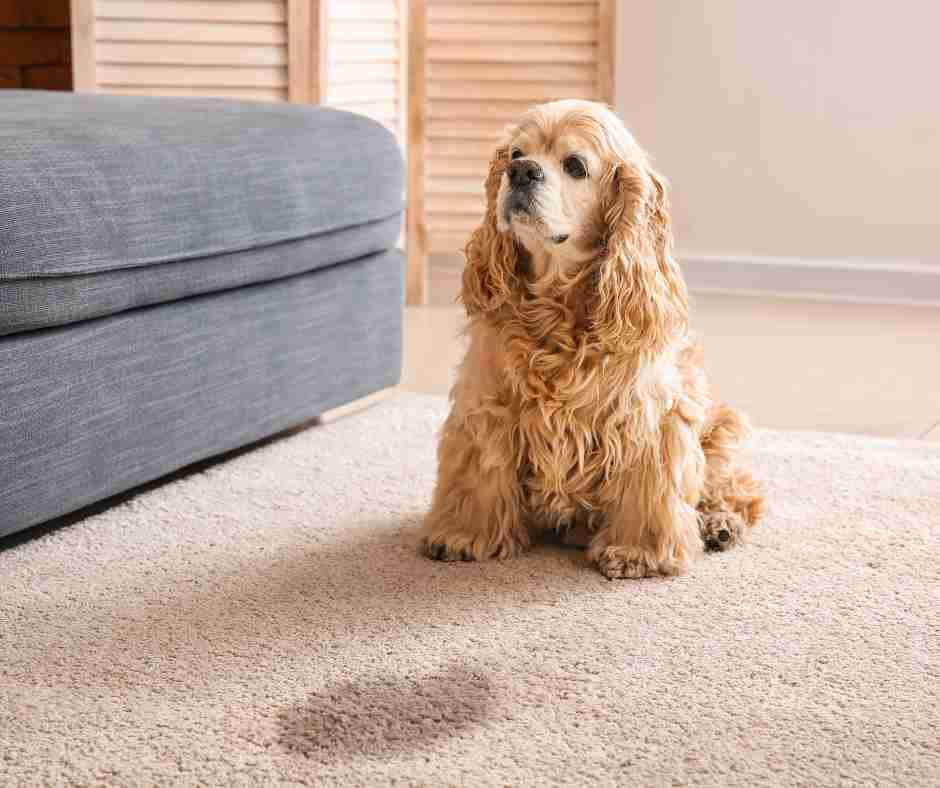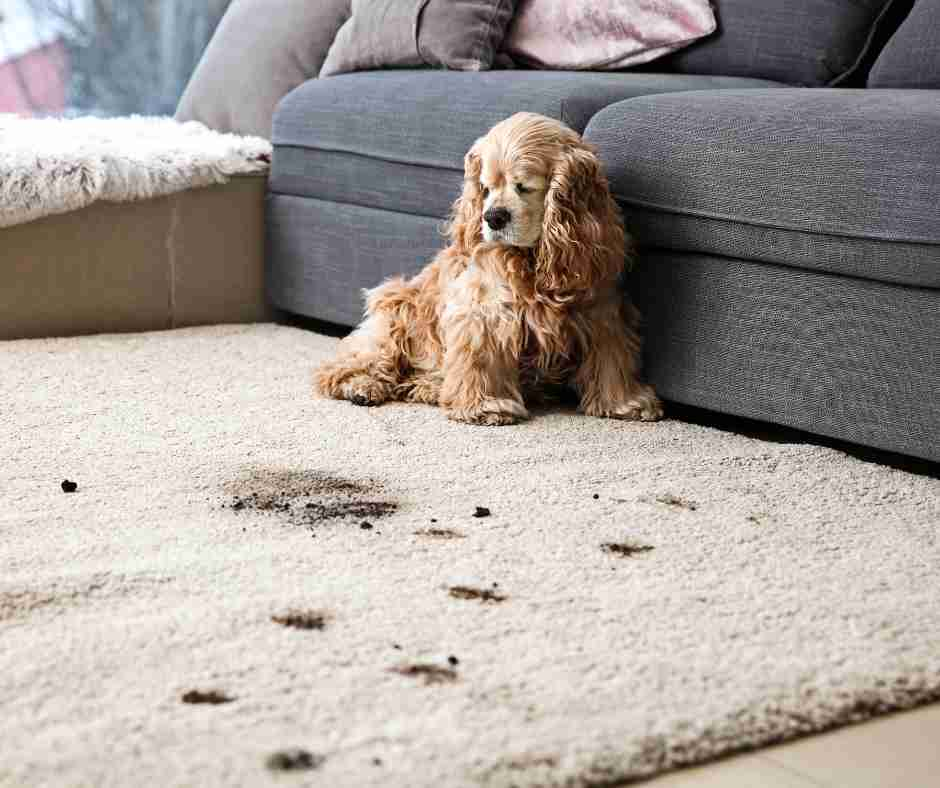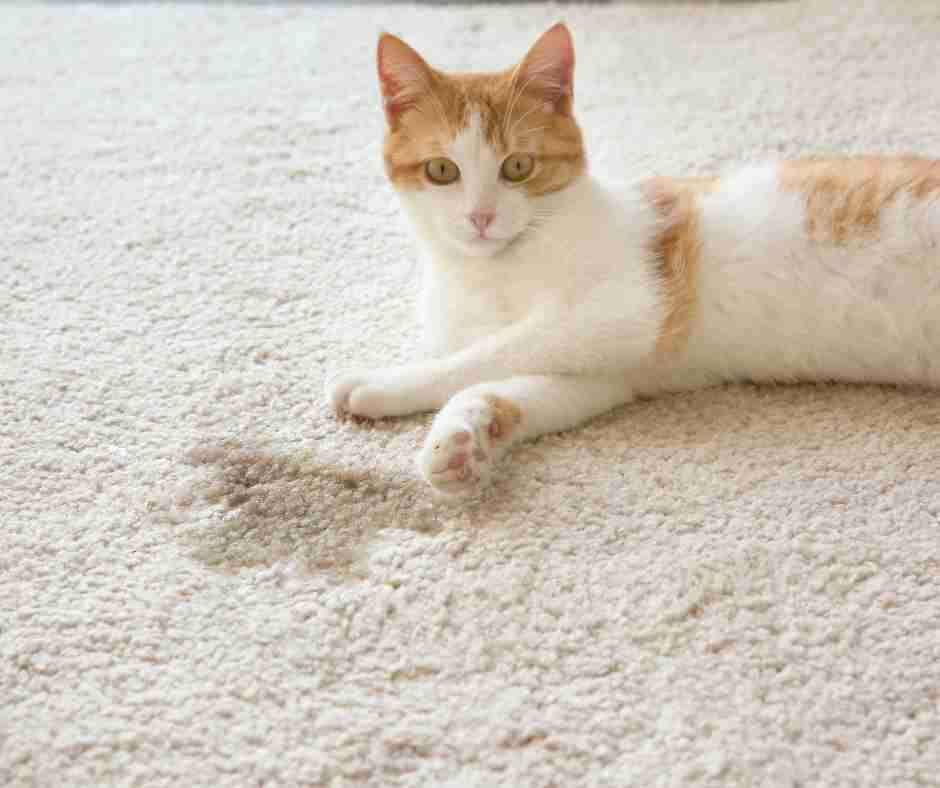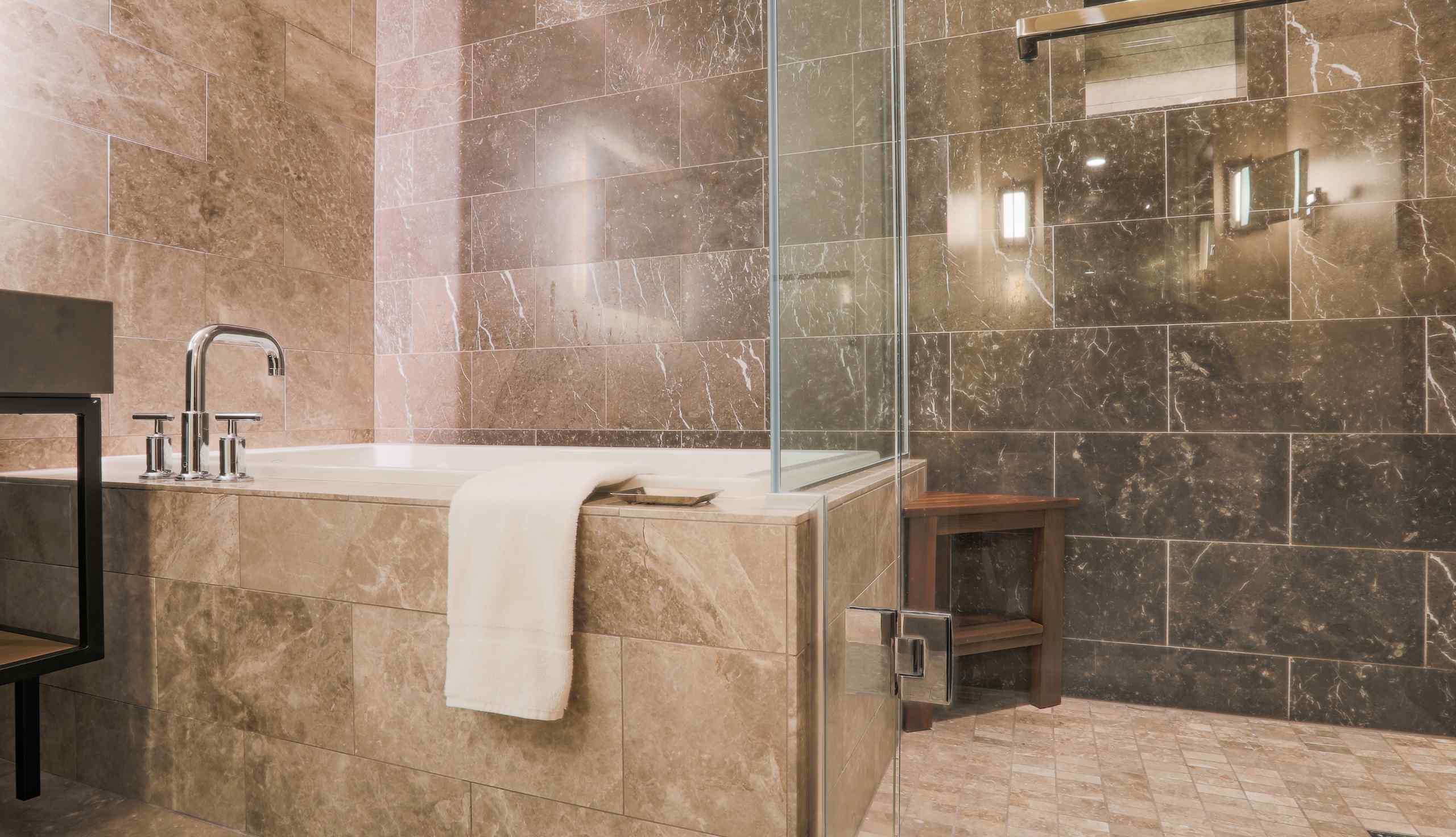PET URINE STAIN & ODOR REMOVAL DENVER CO
Denver’s active lifestyle is often shared with our beloved pets, whether it’s hiking in the Rockies or enjoying a cozy evening at home. Unfortunately, pets can sometimes leave behind unwanted stains and odors. At Chase Carpet Care, we specialize in professional pet urine and odor removal, designed to keep your carpets and rugs clean and fresh, even with the most energetic of pets.
We understand that pet stains and odors require more than a simple surface cleaning. Our expert technicians use advanced techniques to target and eliminate stubborn pet stains and odors at their source. We begin with a thorough inspection to identify hidden stains, then apply specialized cleaning solutions to break down and neutralize pet urine. Our deep cleaning process ensures that odors are removed, and your carpets are left revitalized and odor-free.
With our eco-friendly products and proven methods, you can trust that your home will be clean, safe, and welcoming for you, your family, and your pets. Contact Chase Carpet Care today for a free quote on our pet urine and odor removal services, and discover the difference a professional cleaning can make.
In addition to our pet odor and urine removal services, we also offer comprehensive upholstery cleaning, carpet cleaning, tile and grout cleaning, rug cleaning, and fabric protector by MicroSeal. Reach out to us today to find out how we can help you maintain a clean and healthy home in Denver.

